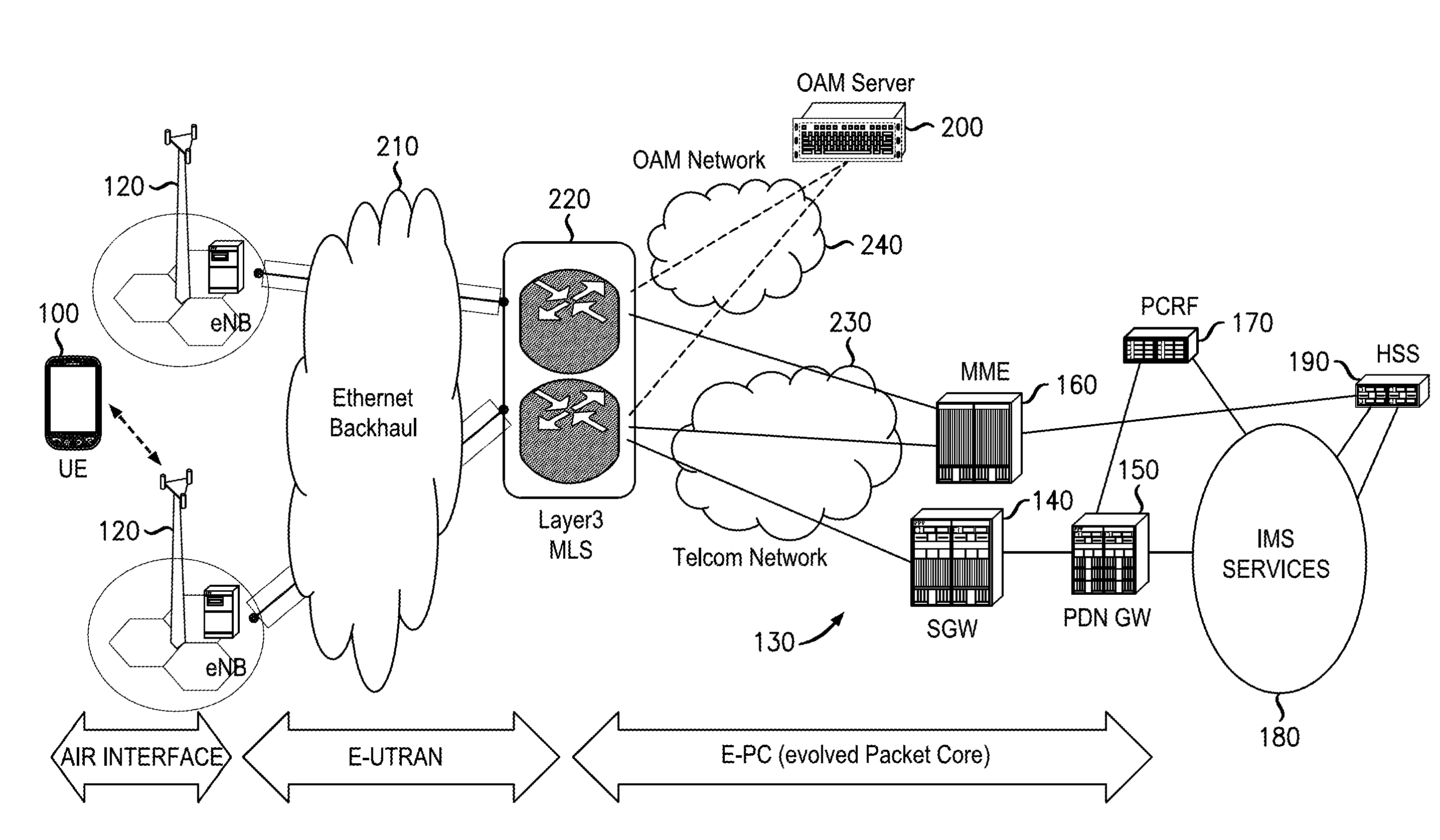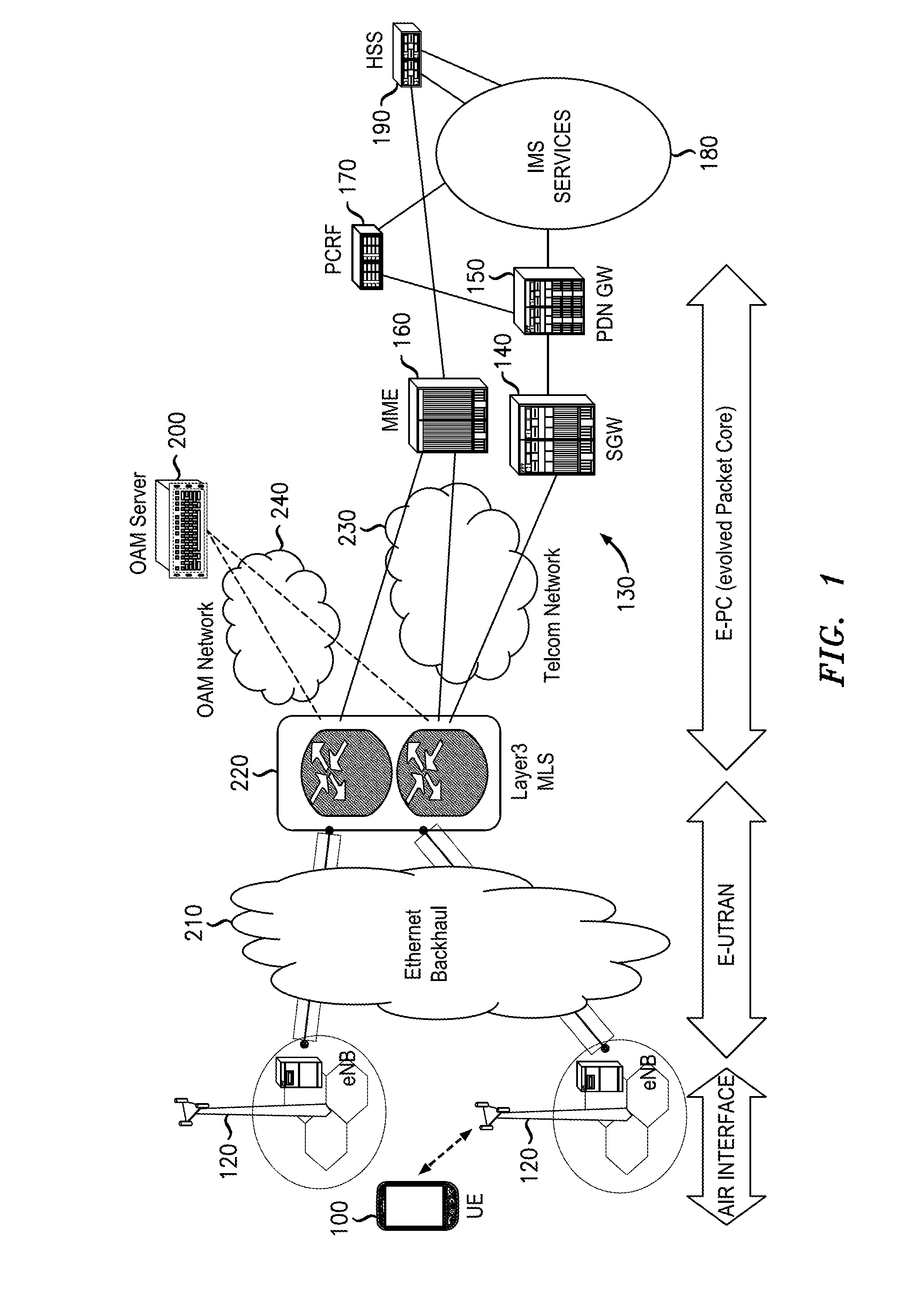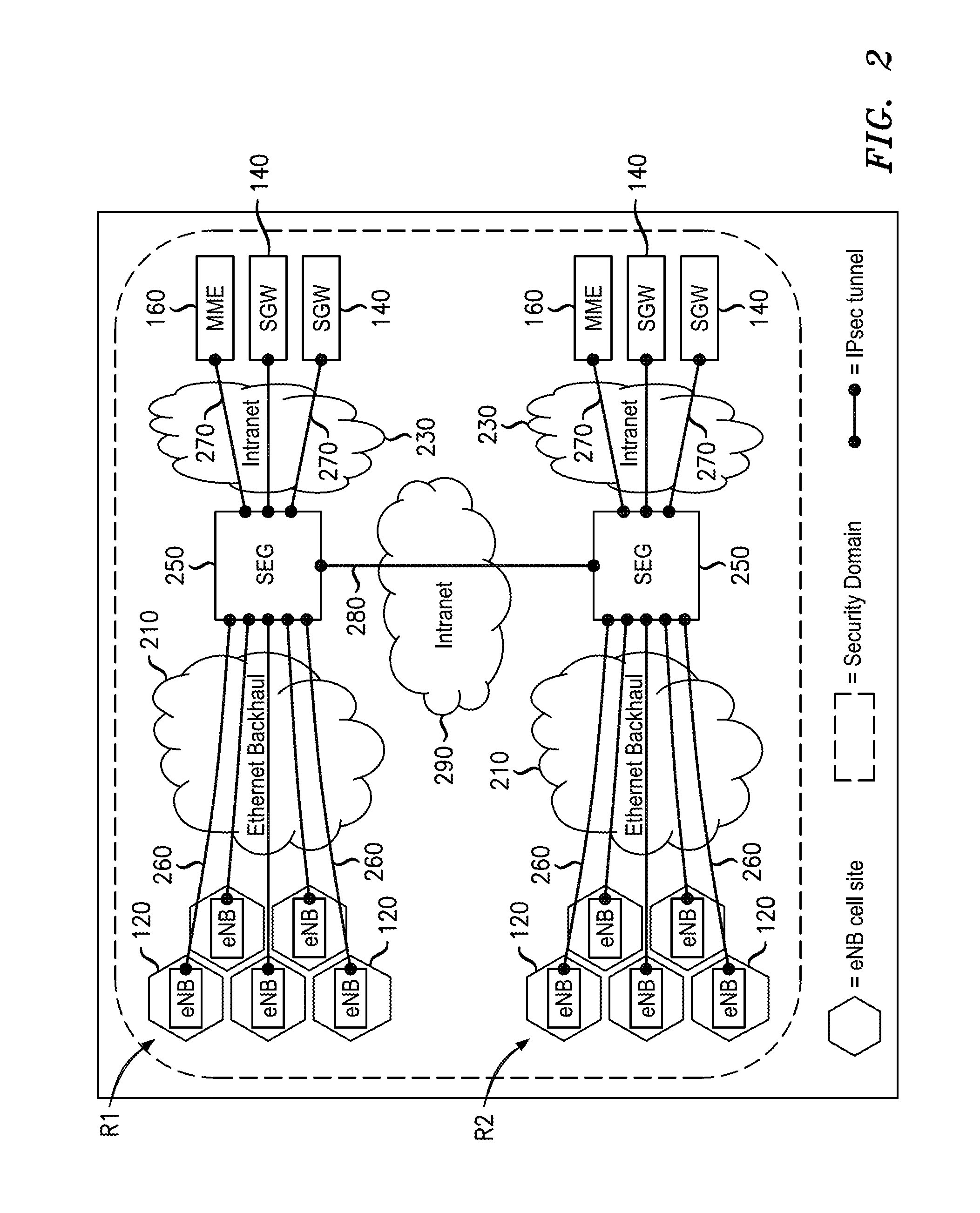Flexible System And Method To Manage Digital Certificates In A Wireless Network
a wireless network and wireless network technology, applied in the direction of digital transmission, wireless communication, public key infrastructure trust model, etc., can solve the problems of ike authentication phase failing, security threats and vulnerabilities in the nes,
- Summary
- Abstract
- Description
- Claims
- Application Information
AI Technical Summary
Benefits of technology
Problems solved by technology
Method used
Image
Examples
example 1
[0077]FIG. 7 illustrates a transaction which results in a sur-CMS obtaining a certificate bundle consisting of the ROOT CMS self-signed certificate and the sur-CMS certificate. As seen in the figure at block 71, the ROOT CMS application is initialized, and at the ROOT CMS, a ROOT CMS public-private key pair (according to the RSA protocol, in this example) is generated and the ROOT CMS self-signed certificate is generated.
[0078]At block 72, the sur-CMS application is initialized, and it generates an RSA key pair. At block 73, the sur-CMS sends a certificate request to the ROOT CMS, including its RSA public key and base station identities. At block 74, the ROOT CMS generates the sur-CMS certificate and signs it with its private key. At block 75, the ROOT CMS sends its own self-signed certificate and the sur-CMS certificate to the sur-CMS. At block 76, the sur-CMS stores the received certificate bundle.
example 2
[0079]FIGS. 8 and 9 illustrates a transaction in which a new or upgrated backhaul control board in a base station downloads digital certificates. In FIG. 8, the download is by a new board and via a local CMS application. In FIG. 9, it is by an existing board and via a CMS application located remotely.
[0080]As seen in the figures, the sur-CMS sends a request to the base station to create an RSA key pair and to send the public key and identity of the base station (blocks 81 and 91). The base station generates the key pair and base station ID (blocks 82 and 92), and sends the public key and ID to the sur-CMS (blocks 83 and 93). The sur-CMS generates the base station certificate and signs it with the private key of the sur-CMS, and stores the certificate (blocks 84 and 94). The sur-CMS sends the base station certificate, its own certificate, and the certificate self-signed by the ROOT CMS to the base station (blocks 85 and 95).
[0081]In the transaction of FIG. 8, the use of the certifica...
example 3
[0083]FIGS. 10 and 11 illustrates a transaction in which a new or upgrated backhaul control board in a base station downloads digital certificates. In FIG. 10, the download is by a new board and via a remote CMS application. In FIG. 11, it is by an existing board in a central location in the operator premises, but not connected to the eRAN (i.e., the LTE evolved radio access network) backhaul.
[0084]As seen in the figures, the sur-CMS sends a request to the base station to create an RSA key pair and to send the public key and identity of the base station (blocks 101 and 111). The base station generates the key pair and base station ID (blocks 102 and 112), and sends the public key and ID to the sur-CMS (blocks 103 and 113). The sur-CMS generates the base station certificate and signs it with the private key of the sur-CMS, and stores the certificate (blocks 104 and 114). The sur-CMS sends to the base station the base station certificate, its own certificate, the certificate self-sign...
PUM
 Login to View More
Login to View More Abstract
Description
Claims
Application Information
 Login to View More
Login to View More - R&D
- Intellectual Property
- Life Sciences
- Materials
- Tech Scout
- Unparalleled Data Quality
- Higher Quality Content
- 60% Fewer Hallucinations
Browse by: Latest US Patents, China's latest patents, Technical Efficacy Thesaurus, Application Domain, Technology Topic, Popular Technical Reports.
© 2025 PatSnap. All rights reserved.Legal|Privacy policy|Modern Slavery Act Transparency Statement|Sitemap|About US| Contact US: help@patsnap.com



